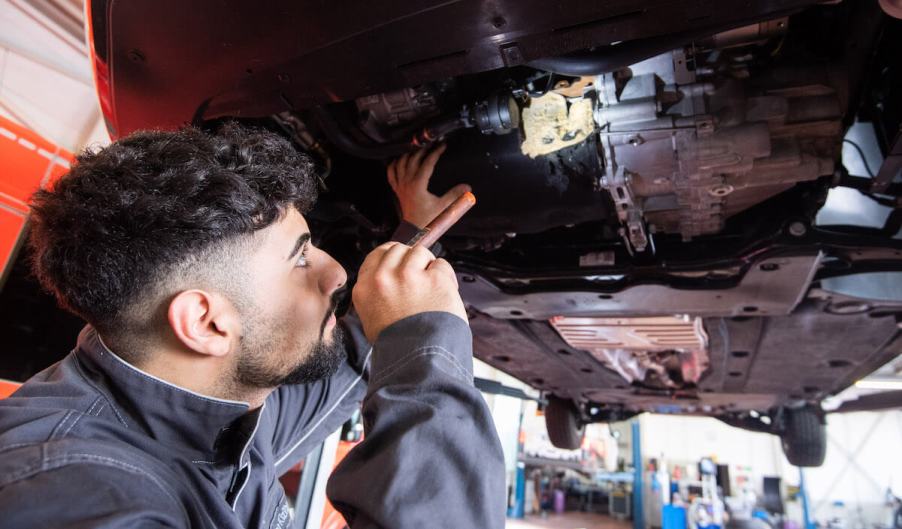
Can You Get Your Money Back if You Already Paid for a Recall Repair?
Most vehicle owners have received a recall notice in the mail at least once or twice. Each year, millions of cars are recalled to fix everything from faulty headlights to wrong instructions in the owner’s manual. Sometimes you encounter a problem before learning about the recall and have already paid for a recall repair yourself.
It’s important to remember that every recall is important, and owners of recalled vehicles have rights. There is a way to get your money back if you already paid for a recall repair for your car.
Most recall repairs are free

According to Consumer Reports, all safety recall repairs on cars up to 15 years old are supposed to be free of charge per federal law. The clock starts when the vehicle is purchased by its first owner, not the date of manufacture or model year. If your vehicle is older than 15, there’s still a chance you may get the recall repair provided for free.
William Wallace, manager of safety policy at Consumer Reports, explained that with vehicles older than 15 years, the “automakers and dealers will often voluntarily provide a safety recall repair free, so we encourage you to ask.” Consumer Reports cited an airbag recall in 2020 as an example since millions of recalled vehicles from Honda, Isuzu, and Mitsubishi were manufactured in the late 90s.
If a dealer refuses to provide a recall repair for your 15-year-old or younger vehicle or attempts to charge you for it, Wallace advises contacting the manufacturer regarding the issue.
Can you be reimbursed if you already paid for a recall repair?
No matter how many recalled vehicles are involved, automakers must send official recall notices by first-class mail to owners. The problem is most of these notices are sent days or weeks after the recall is first announced online. These notices may not reach the second or third owners or the primary owner if their address information isn’t current with their local registry of motor vehicles.
If you receive a recall notice for a repair you’ve already paid for, Consumer Reports says you may still be eligible to get your money back from the automaker. But you must pay attention to the specific dates and reimbursement eligibility requirements specified on the recall notices.
The recall repair has to be made within a specific period. The reimbursement request has to be filed promptly after you’ve received the recall notice. You may only have 10 days to submit the request with acceptable documentation on how much you paid for the repair.
If you missed that window of time, according to the NHTSA, you can still ask. There have been cases where automakers have voluntarily reimbursed owners for the cost of the repair that the recall would have eventually covered.
How recalls start
The problems with vehicles that trigger recalls are found in various ways. If the automaker starts receiving warranty claims, and complaints from dealers or owners, or uncovers issues in the production process, they may initiate the recall. Car manufacturers document the production process so thoroughly that once they’ve discovered an issue, they can usually pinpoint which vehicles are problematic and when and how the problem occurred.
CR cited a case where Toyota’s engine factory had a water flow meter failure. A number of engine blocks meant for Lexus, and Toyota vehicles didn’t cool properly and developed cracks as a result. Dealers complained that the affected new cars were leaving coolant in their lots. An internal investigation revealed what happened, and Toyota identified each one by matching up the serial numbers of the engine blocks produced before the repair of the water flow meter.
If complaints about a vehicle are sent to NHTSA, that agency’s investigation might also determine the need for a recall.
CR recommends being vigilant about announced recalls. By signing up for a recall reminder service like CR’s Recall Tracker or periodically visiting the NHTSA site, you can find out about recalls as soon as they are announced.


